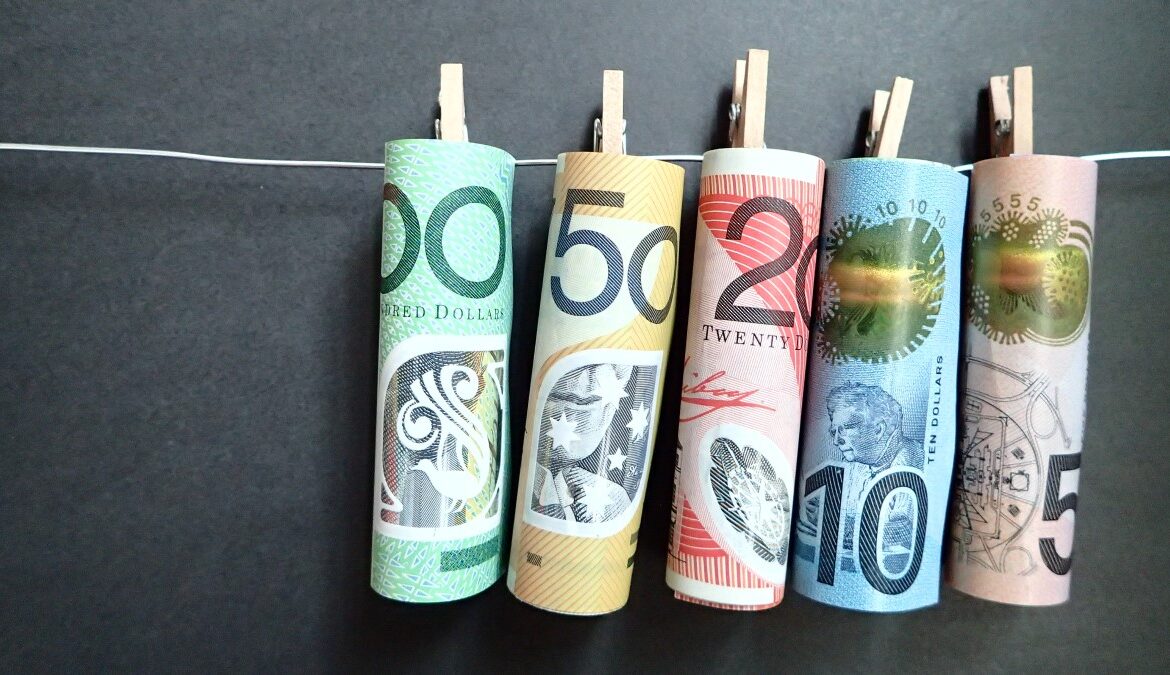Key Points:
- The Australian Dollar’s March trade surplus fell short at $7,280 million, below the $10,400 million expectation.
- US Dollar weakness offers slight support to AUD/USD amid mixed Australian economic indicators.
- Technical analysis shows that AUD faces resistance at 0.6596, with key levels to watch at 0.6550 and 0.6500.
The Australian Dollar (AUD) experienced a halt in its three-day winning streak, influenced by a mix of unchanged Final Retail Sales data and disappointing Trade Balance figures. The anticipated resilience in Australia’s trade surplus did not materialise as expected, with the March figures showing a surplus of $7,280 million, significantly lower than the forecasted $10,400 million.
This downturn, coupled with a 2.2% month-over-month decrease in exports and a surprising 4.8% rise in imports, signals a weakening external demand and increased domestic consumption. These developments have temporarily clouded the outlook for the AUD, showcasing the intricate balance between domestic economic health and international trade dynamics.
USD Dip Supports Australian Dollar Despite Trade Balance Woes
Despite softer labour data, the USD faced downward pressure, benefiting the AUD/USD pair. The US Dollar Index dipped due to lower Treasury yields and neutral Federal Reserve comments. These factors slightly relieved the AUD/USD exchange rate amid geopolitical tensions. These dynamics underscore the complex interplay of global economic indicators and their impact on currency valuations, highlighting the Australian Dollar’s resilience in the face of domestic and international headwinds.
Mixed Signals in Australia’s Economic Indicators
Delving deeper into Australia’s economic data, the February Final Retail Sales at 0.3% align with expectations, representing steady consumer confidence. Meanwhile, improving the Judo Bank Services PMI to 54.4 and the Composite PMI to 53.3 in March signals robust service sector activity, bolstering economic optimism.
However, the decline in Building Permits by 1.9% in February against an expected increase casts a shadow, hinting at potential headwinds in the housing sector. These mixed signals from the Australian economy provide a nuanced backdrop for the AUD’s performance on the global stage.
Australian Dollar Faces Resistance at 0.6596
From a technical standpoint, the AUD trades around 0.6570, with immediate resistance pegged at 0.6596. This level is critical as it aligns with the 61.8% Fibonacci retracement and the psychological 0.6600 marker. Looking ahead, we can identify potential upside targets. They are at 0.6650 and the March high of 0.6667. On the other hand, key support exists at 0.6552.
Additionally, the major 0.6550 level is crucial to prevent further declines. The next psychological level of support is at 0.6500, suggesting a tight trading range. Therefore, monitoring levels for both upside and downside movements is important.
















